For Dota 2 pros and fans, lifting the Aegis of Champions is a year-long quest to become the best team in the world. That wasn’t possible this year, however, since The International 10 was put on indefinite hold due to the COVID-19 pandemic. Its prominence within the Dota 2 circuit means that it’s served as the biggest, and often sole, yardstick of competitiveness.
For the last three-quarters of the year, offline tournaments simply weren’t an option. Online, regional competitions sprang up in their place and most teams were unable to break free of geographical constraints. Some organizations that featured cosmopolitan rosters were forced to scramble for substitutes as well.
Thus, this year’s list of the best Dota 2 teams will feature a regional breakdown unlike years past. Here are the best Dota 2 teams of 2020 in each region, presented in no particular order.
Europe: Team Secret
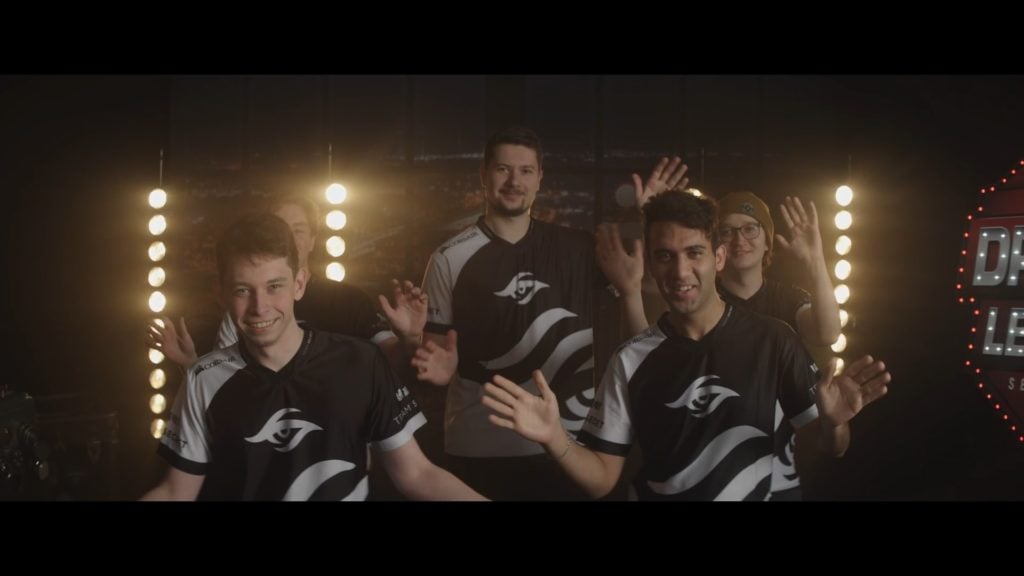
Throughout Dota 2’s competitive history, there were certain periods when fans tuned in to find out who came in second, not first. Natus Vincere, Alliance, DK, and Virtus Pro’s dominance in their respective eras comes to mind. Even then, it’s not a stretch to say that 2020’s Team Secret outperformed them all.
Throughout Secret’s existence, they’ve always been a contender. But this year, they blew past expectations like they did with their confounded opponents. Win streaks, trophies, another Major title, and highlight plays came one after the other from five of the most mechanically skilled players on the planet. Even when their game plan failed, each player on the Secret roster was more than capable of bearing the load and seeing a victory through.
They were historically dominant, crushing their way through eight-straight tournaments by sweeping their grand finals, and were generally regarded as the team to beat.
But there’s one question that will inevitably crop up: Can they win TI? This year threw a giant wrench into the works, but Secret still won’t be spared from this one unfair doubt.
Despite all of the trophies Secret collected this year, they didn’t even have the chance to contest for the Aegis. It’s a pity that this year’s Secret will likely be underappreciated in the coming years due to circumstances entirely out of their control. It certainly isn’t fair. It’s definitely demanding, a burden that perhaps nobody should bear. But such is the fate of being king.
Europe is a stacked, competitive region and it’s a testament to Secret’s strength that they’ve managed to beat back the bevy of challengers that continuously paw at the top. Usual names like Team Liquid, OG, Alliance, and Nigma waxed and waned periodically under Secret’s shining star, while bright upstarts like Vikin.gg and mudgolems whizzed into the stratosphere, taking some crowning light for themselves.
China: Vici Gaming
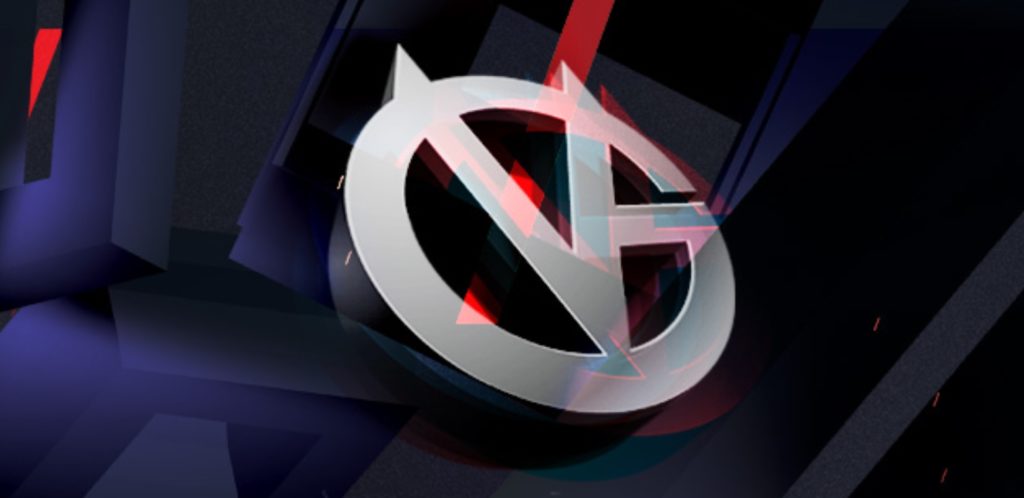
It’s difficult to pin down the best team in China after the annual great Chinese reshuffle led to stars being swapped and traded like a frenzied cattle auctioneer, but Vici Gaming’s consistency throughout the year puts them on top.
VG endured a public transfer dispute over Eurus, one of China’s best carries, and also lost the ever-stable offlaner Yang and charismatic coach rOtK, two of the organization’s rocks. But still, the club wasted no time in snapping up Southeast Asian starlet Nuengnara “23savage” Teeramahanon and another experienced old hand in eLeVen.
VG is also experimenting with a six-man roster, bringing in Yang “Erica” Shaohan as a substitute. This is practically unheard of at the highest tier of Dota 2, considering how prize money centric the scene remains. But it could prove to be a masterstroke for the long-term health and conditioning of players.
The organization’s revamps and deals are quiet and under the radar, unlike their play and results. The team started with two podium finishes in the first two Majors of the 2019-2020 Dota Pro Circuit season, continued their fine form into online tournaments, and will have a capable roster heading into next year.
Aside from VG, other traditional powerhouses like EHOME and PSG.LGD, as well as newcomer Elephant’s blockbuster formation, look to have come out the strongest. These teams trade series left and right against each other, however, and a return to offline competition will see how they fare internationally.
LGD are leading the pack at the end of the year, having won three tournaments after the great reshuffle, including China’s first major offline event since the onset of the COVID-19 pandemic. It’s a good sign for their rebuild and a far cry from the TI9-bronze medalists who fell in open qualifiers twice in a row at the beginning of the season.
Invictus Gaming, one of the few Chinese teams to resist switching up their rosters, excelled at the beginning of the season. But recent domestic results haven’t been up to par with their explosive start.
CIS: Virtus Pro and Natus Vincere
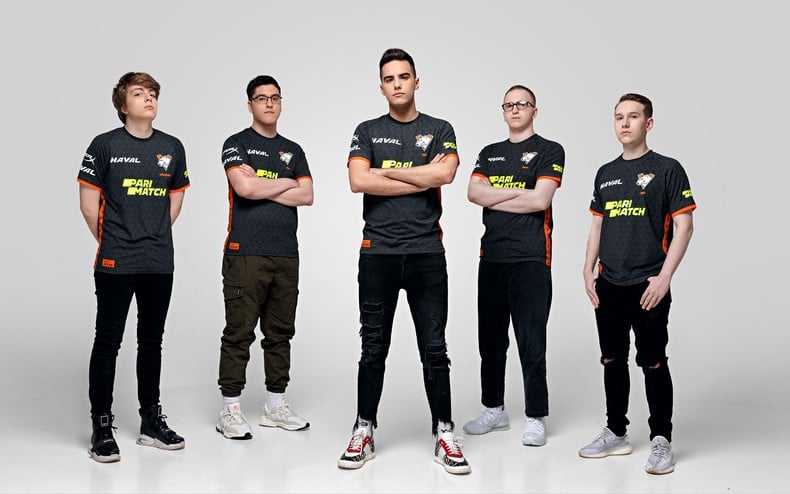
VP and Na’Vi haven’t just dominated CIS Dota 2 for the majority of their existence. They’ve also stamped their authority repeatedly on their opposition’s supporters, who can only watch their hapless team get destroyed by peerless and aggressive play.
This year, however, was perhaps the CIS’ worst performance in recent history. Both organizations were knocked out of TI9 in the bottom half and underwent several roster changes throughout 2020 to little avail. A brief reprieve came when VP managed to claim a trophy over OG at ESL One Los Angeles Online in April, but it wasn’t enough to quell the bells tolling for the end of an era.
For the first time in four years, VP won’t have no[o]ne and Solo playing in its iconic orange and black. But VP’s new lineup, promoted from an academy roster established in April, oozes potential. Sure, the names won’t ring a bell right away considering that all of them are fresh faces in the competitive scene. The oldest player, offlaner Dmitry “DM” Dorokhin, is just 20. But they play with a surprising stability that belies their relative lack of experience.
Plus, they’ve backed it up with some great results. VP, still under the Prodigy banner then, was one of two teams that had the honor of being swept two different times by Secret during the European titan’s massive winning streak. The lineups changed slightly, but that wasn’t an easy feat considering just how peerless Secret were during that period. Claiming their first premier championship in the EPIC League in December will only help them with their plans for further world domination.
Similarly, Na’Vi tore down their roster and aimed for a full rebuild. They picked up FlyToMoon, a hungry stack that managed to stay together despite the lack of an organization’s backing, and put them to work. A runners-up placing at ESL One Germany in November and a victory at OGA Dota PIT season four in December is a vibrant first step for a storied organization that’s been out of the spotlight for so long.
No teams can reign forever. But VP and Na’Vi are looking to hold onto their crown for just a little longer.
North America: Evil Geniuses

When EG first unveiled its new roster for the 2019-20 season, eyebrows were raised at the lineup construction. Sure, there were four 10,000 MMR players (three of whom have since reached 11,000), but was there enough farm on the map?
Early results suggested the answer was yes. The team followed up a fourth-place finish at the MDL Chengdu Major in November 2019 with a silver at the DreamLeague Leipzig Major in January, pushing Secret to five games.
But EG might have been the team hit the hardest by roster instability this year. The org’s lineup consisted of players from all over the globe and regional tournaments meant that the team routinely had to find stand-ins to compete. Even then, they managed to continue their dominance over the NA region.
But eventually, RAMZES got antsy. The Russian player swapped to offlane to play with EG and was hankering for a return back to carry after his unpredictable exclusion from the team. RAMZES left and the organization took the opportunity to pick up one of Dota 2’s most experienced offlaners, iceiceice.
Considering that the team has seemingly opted out of even competing for the time being, it’s likely that we won’t get to see the new roster in action until the restart of the DPC some vague time next year. But still, EG continued to rule NA in 2020.
South America: Beastcoast
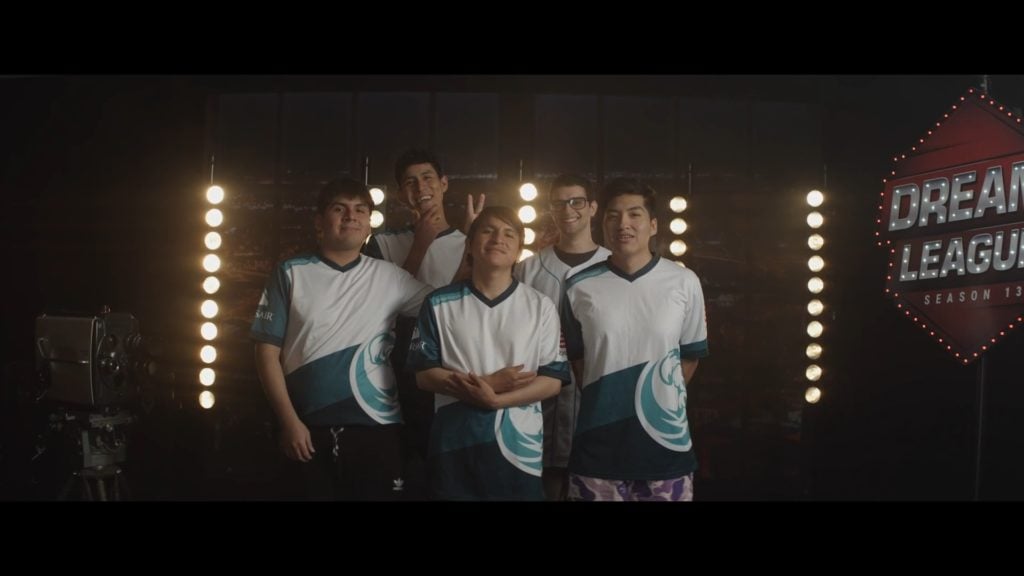
Beastcoast remain the most consistent and best team in South America. They converted many fans with their borderline-reckless aggressive and equally entertaining playstyle during TI9 and have stuck together through thick and thin. Beastcoast had respectable finishes in the top half of both Majors this season as well.
But South American teams were in a bad spot during the online portion of the year. Most tournament organizers, aside from a few local organizers, opted to roll SA and NA teams into the same competition.
There was no one-size-fits-all solution and SA teams, already plagued with internet issues, had to play on NA servers. Beastcoast were forced to seek out several substitutes since their mostly Peru-based players were unable to gather at their team house due to strict lockdown rules in the region.
Thus, their online results suffered. Even then, when pitted against other teams in the region at Realms Collide, beastcoast put on a tour de force.
Fortunately, Valve is directly helping with the region’s Dota 2 scene by financially supporting SA-dedicated tournaments, Beastcoast is the top dog, but increased aid for the region could raise the scene’s level of competition and keep this team on their toes.
Southeast Asia: Fnatic and TNC Predator
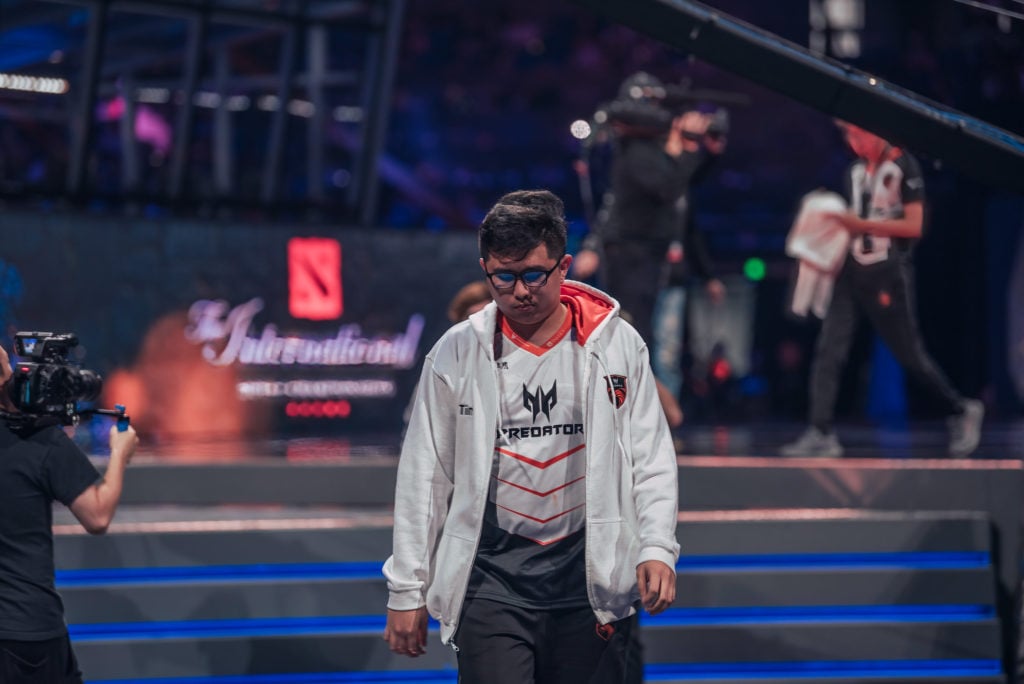
Through the first three quarters of 2020, the Southeast Asian hierarchy was clear: Fnatic and TNC Predator stood on top, while the rest of the competitive tier-two teams scrapped it out. Arguably, these two teams were a big reason why SEA continued to have three Major slots since they were just so dominant.
TNC claimed their first Major title at the onset of the 2019-2020 Dota Pro Circuit season, probably securing an invite to TI10 based on those points. They did well at the second Major of the season as well, finishing in the top half of DreamLeague Season 13.
Fnatic were less successful in LANs compared to their rivals but crushed everybody else domestically. When the online season kicked off, they went on a Secret-esque run of their own by winning six tournaments in a row.
Then, September came and it all fell apart at the seams. The two powerhouses started to run into poor results, losing to the teams they had routinely and cleanly beaten so many times before.
Both orgs were forced to make changes. TNC let go of their captain at the end of September and have yet to find a replacement at the end of 2020.
Fnatic went through an even messier window. First, starlet 23savage was let go for the more experienced Raven in July. Then, veteran offlaner iceiceice took a break in August.
Hard support Jabz, who preferred position four but couldn’t displace long-time stalwart DJ, was the next one out the door at the start of September. Thus, Fnatic recruited Nico “eyyou” Barcelon due to a “severe lack in commanding” without iceiceice.
In response, iceiceice permanently left the team. Wait, what? Oh, eyyou, the org’s supposed recruit to boost the team’s leadership, was also gone after less than two weeks. After all that, Jabz ended back up at Fnatic (after trashing them with a temporary stack, by the way), and moved to position four, while DJ went to role five.
After that tangled web of transfers and swaps, Fnatic were possibly worse off than when they started. The org was now without one of SEA’s promising talents, who was promptly snapped up by Vici Gaming, and also lacking the veteran presence of one of the region’s most accomplished and experienced players.
With the two organizations’ strong backings and legacies in the scene, it likely won’t take long for them to return to the top. The core players for both teams are still relatively intact and the rest of the scene is too inconsistent to regularly capitalize on their downfalls. TNC’s win at BTS Pro Series season four at the end of the year might be the start of a welcome return to form.
But for a region with arguably the largest talent pool, where players are routinely imported by top foreign clubs, the scene is still underrepresented among the elites of Dota 2. Whether it’s issues with chemistry, stability, or leadership, it’s never a guarantee that teams will be able to fit the right lineup together. Just look at Mineski, for example, a celebrated, old-school Dota organization that has disappeared into thin air despite promising runs throughout the years.


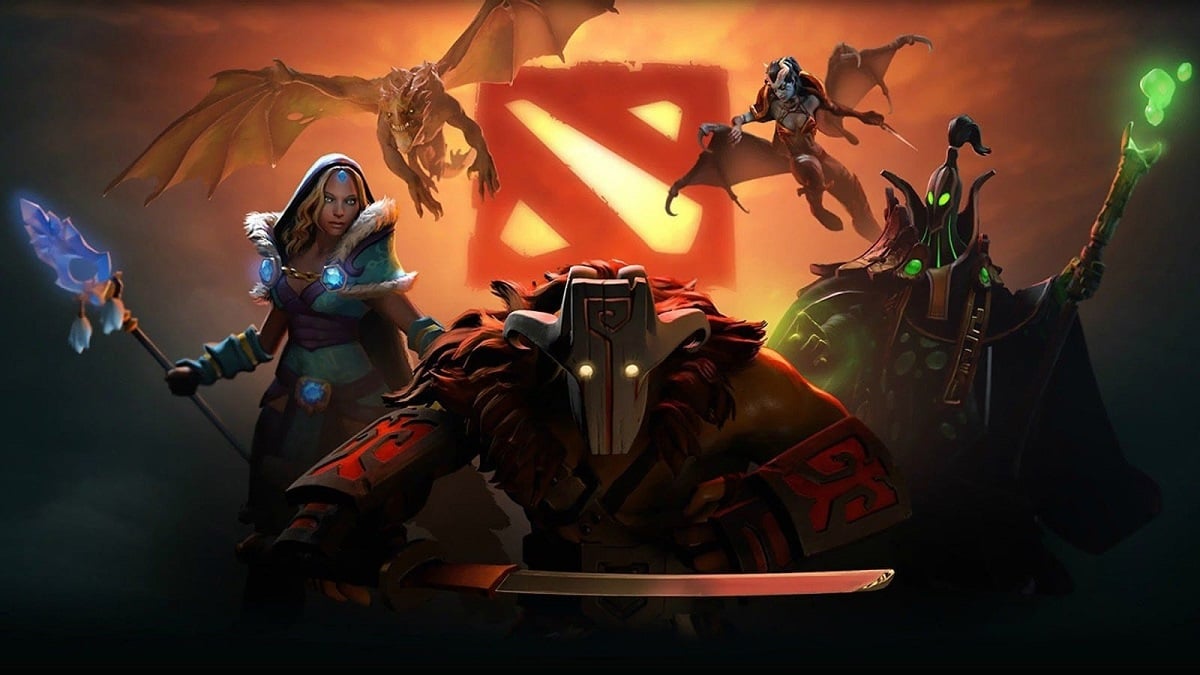
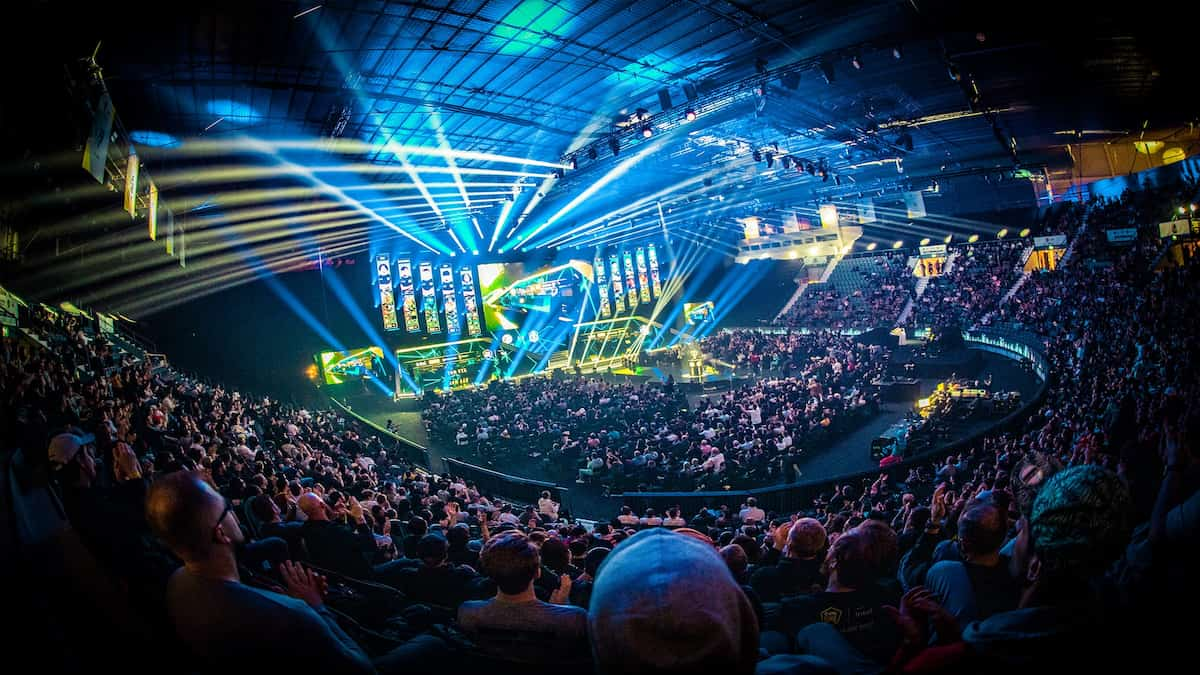
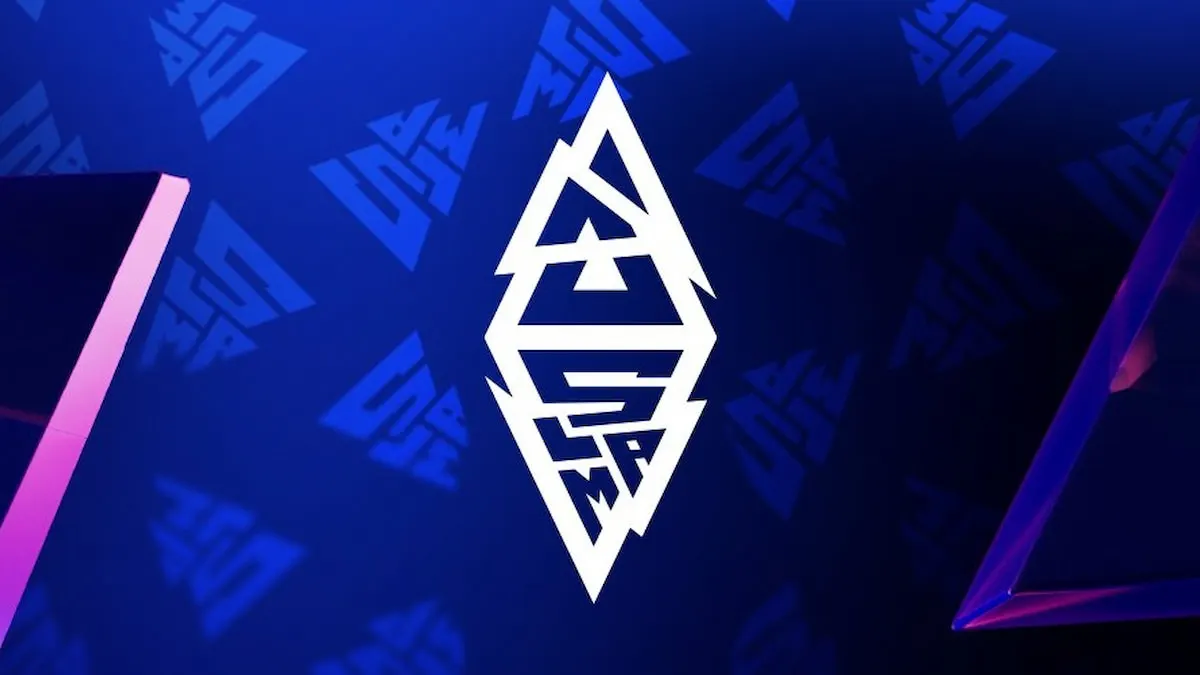
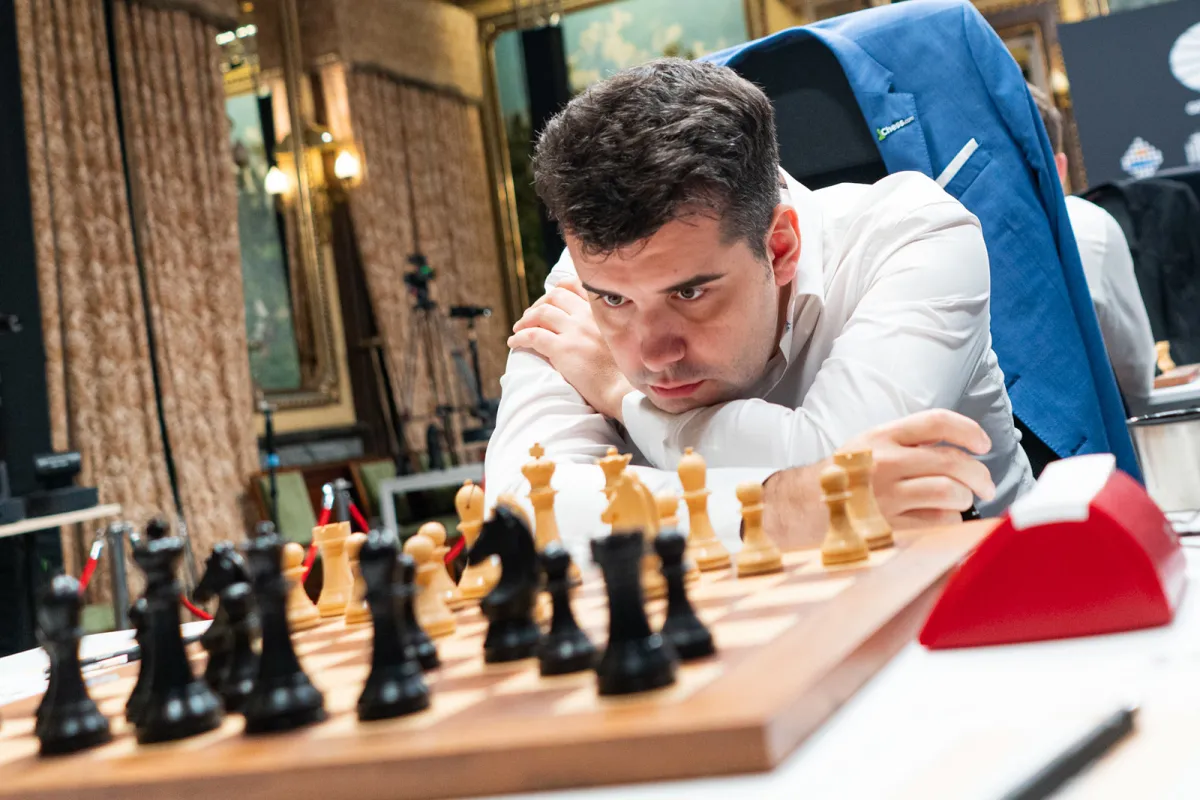

Published: Dec 29, 2020 02:34 pm